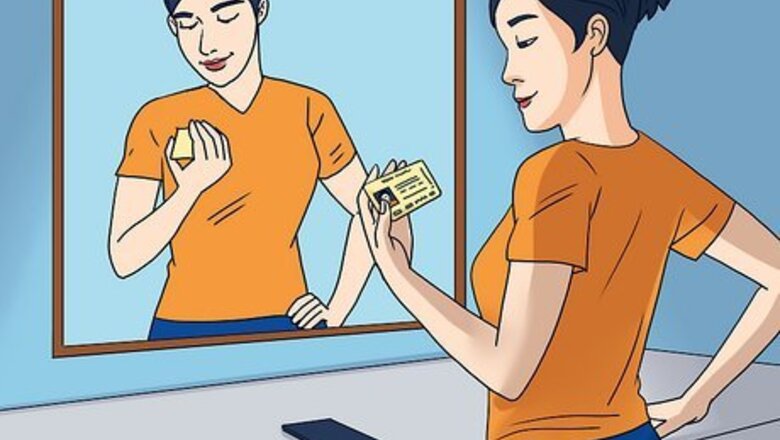
views
- Look for modeling jobs on websites like Indeed and Backstage, or with colleges and art schools. Prepare a resume and portfolio with photos in case the artist requests them.
- Practice posing before your modeling session. Experiment with seated, standing, and reclined poses, holding each of them for several minutes at a time.
- Bring a robe and pair of slippers to your session and follow the artist’s directions while posing. Most nude modeling gigs pay $25-30/hour.
Finding Nude Modeling Gigs

Be at least 18 years old and comfortable with your body. In some regions, the minimum age is 21, so be sure to check the laws in your state and country. You don’t need to look “runway ready” or meet an unrealistic beauty standard, but you’ll need to be comfortable being nude in front of strangers. Most artists are open to models of all sizes, shapes, and ethnicities. People with unique body types and asymmetrical bodies are actually sought after. Before you model nude, you should be comfortable enough to pose nude without blushing or covering yourself up.
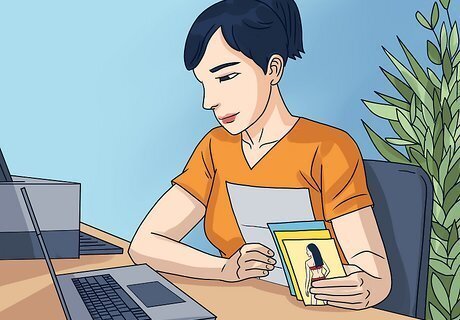
Prepare a resume, cover letter, and portfolio with photos. Mention previous modeling experience (if you have any) along with general work experience, volunteer work, education, and internships. Write a brief cover letter explaining why you’re interested in nude art modeling, and include a portfolio with 2-3 headshots and body shots. Not every artist or instructor will ask for these materials, but it’s best to prepare them anyway just in case. You can still prepare a resume and cover letter, even if you haven't been a nude model before. Providing these will give the artist or art teacher an idea of who you are. This is important for getting to know you as modeling for an art class is an intimate setting for both the artist and model that requires trust. If you don’t have professional photos of yourself, take a few with your smartphone in case the artist asks for samples.
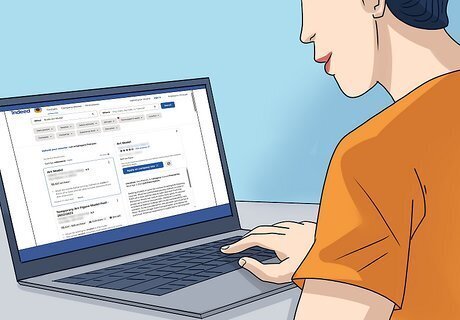
Search for modeling opportunities with artists and art programs. Contact your local art school or college to see if they are hiring art models. You can also search for modeling jobs on websites like Indeed, Backstage, and even LinkedIn. When contacting colleges, start with the art department and ask if there is someone in particular assigned to hire models for all classes. Some instructors hire their own models. For safety, have your first nude modeling be for an art class. Only accept private modeling gigs once you have a few gigs under your belt, and only work with artists or photographers who you trust.
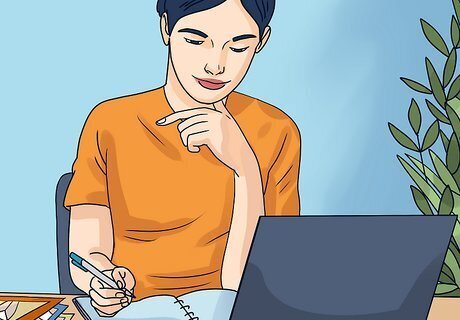
Get all the details of a modeling gig before you agree to pose. Find out how much you’ll be paid, what the time commitment will be, and if you’ll be working on a regular schedule. Nude art models can make $25-30 an hour, depending on the artist or art school. A nude modeling gig can be a one-time offer, but some art schools or artists might hire models to pose a few times a week. A typical nude art modeling session runs about 3 hours. So if you’re making $25/hour, you’d be paid $75 for a 3-hour session.
Preparing to Pose
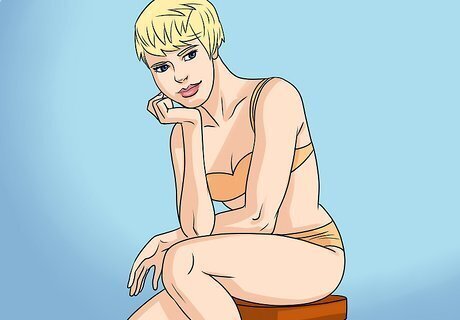
Practice posing in the days before your session. Nude art models are typically expected to strike three basic poses during their sessions. These are standing, seated, and reclining. The artist will give you specific instructions, but in general, they work as follows: Seated poses require you to sit on the ground or in a chair, with your legs and arms in various positions. For instance, you could hold a “thinking” pose, seated on a chair with your knees together and your hand under your chin. The standing pose requires you to stand with your arms, legs, hands, and feet positioned in various ways. For example, the artist could have you hold a “walking” pose, with one leg in front of the other. The reclining pose will typically require you to lie down on your back on a sofa or couch in a comfortable position. For instance, you could lie on your back with your arms resting over your head. These are the 3 basic poses. There is a variety of movements and gestures that you can make when you hold them.
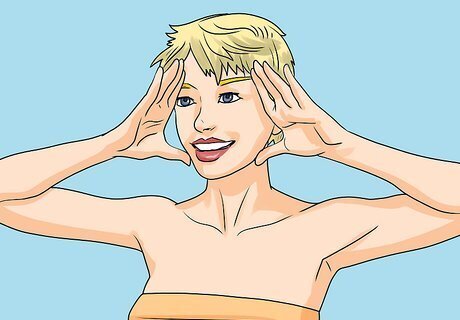
Experiment with gestures and facial expressions as you pose. Even while standing still, your body language can convey many different emotions such as anger, calmness, seductiveness, sadness, happiness, and so on. Be creative and follow the artist’s instructions to create the right poses. Be expressive from the bottoms of your feet to the tips of your fingers. Art is dynamic and your poses should be as well. Many models are inspired by the poses depicted in classical works of art. Yoga poses are often used because they engage the muscles in interesting and dynamic ways.
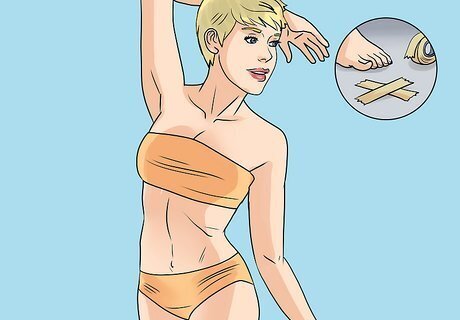
Be prepared to hold each pose for a specified amount of time. Different kinds of poses can be held for short or long periods. Be prepared to hold a pose for as long as 45 minutes. Some poses, like gestures, may only last a few minutes. Longer poses last 20 minutes or more. The artist may let you take a break to rest. If you're in the middle of a long pose and need to move, someone will use tape to mark the position of your body. Just ask, "Can someone please tape me?"
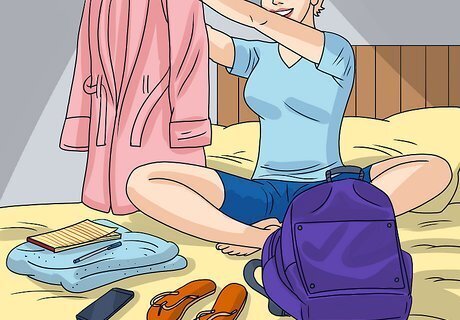
Bring a "modeling bag" with a robe and other items. Wear your robe between poses or when using the restroom. Bring a towel or blanket to sit on for hygienic reasons. Bring slippers or sandals to slip in and out of quickly on breaks. Bring some water and snacks to munch on during breaks. Always bring a phone or planner for booking future sessions.
Modeling Session Basics
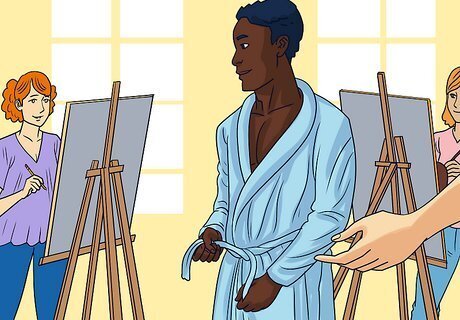
Remove your clothing and put on your robe and slippers. A private changing room might be provided or there may be a folding screen that you can change behind. Then step up onto the model's area holding a timer to mark the time passed in each of the posing sessions. The artist may provide you with a locker or other place to keep your belongings during the session. Remove any jewelry unless otherwise requested. Avoid using lots of hairspray or makeup, unless the artist asks you to do so.
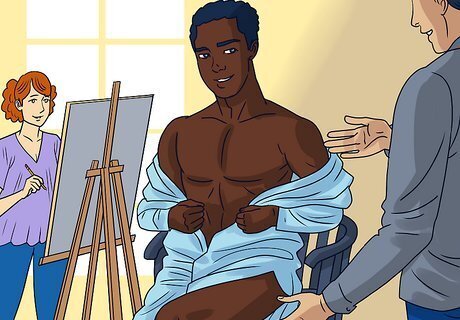
Remove your robe and slippers. Your artist will designate an area for you to place these items during your session. Use a towel or sheet for seated poses. The artist may provide one for you, or you can bring your own. If you do not have a towel, place your robe beneath your bottom for sitting poses. It’s more hygienic than sitting on the bare floor. Some artists even enjoy drawing the additional "drapery" of a towel or sheet.

Follow the artist's directions. Once you’ve been given a pose, keep your body very still and fix your gaze on one spot. Avoid making eye contact unless you’re asked to do so. Usually, the person running the session will tell you how long to hold a pose, but you may be asked to time your own poses with a stopwatch or phone. Relax into each pose, but not so much that you move from your original position. Don't be afraid to ask for clarification if you don’t understand the instructions you’re given. A good artist will be helpful and patient with you. Let the artist know if a particular pose is too challenging to hold. They can modify it to make it easier, or have you hold it for less time. The artist would rather have you hold a pose that you can maintain for the duration instead of having to start over.

Get dressed. When you are finished with your session, put on your robe and return to your private changing area and put on your clothes. Double-check to make sure you have all your belongings before leaving the studio. Bring a separate bag for your dirty robe or towel so you can wash these after your session.

Talk to the artist about working together again, if you’re interested. Before you leave, ask them about future modeling opportunities, such as an upcoming class or photoshoot. You can also ask them for feedback on your poses. Have your phone or planner handy when you come out of the changing area in case the artist would like to work with you again. Once you've worked with the artist a few times, you can even ask for a letter of recommendation that you can use to help you find future work. Follow up with your artist after your session. Send a thank you email to show initiative and enthusiasm, especially if you want to be hired again.




















Comments
0 comment